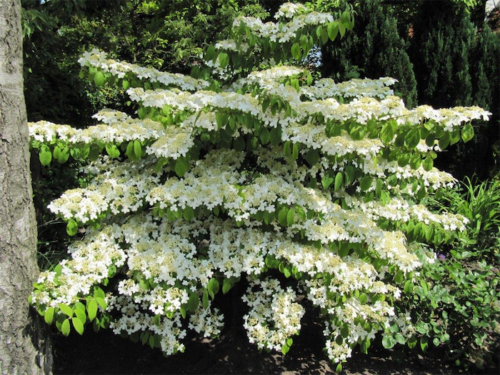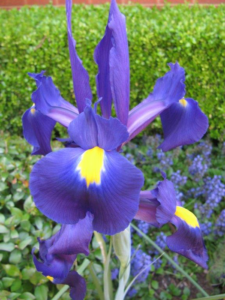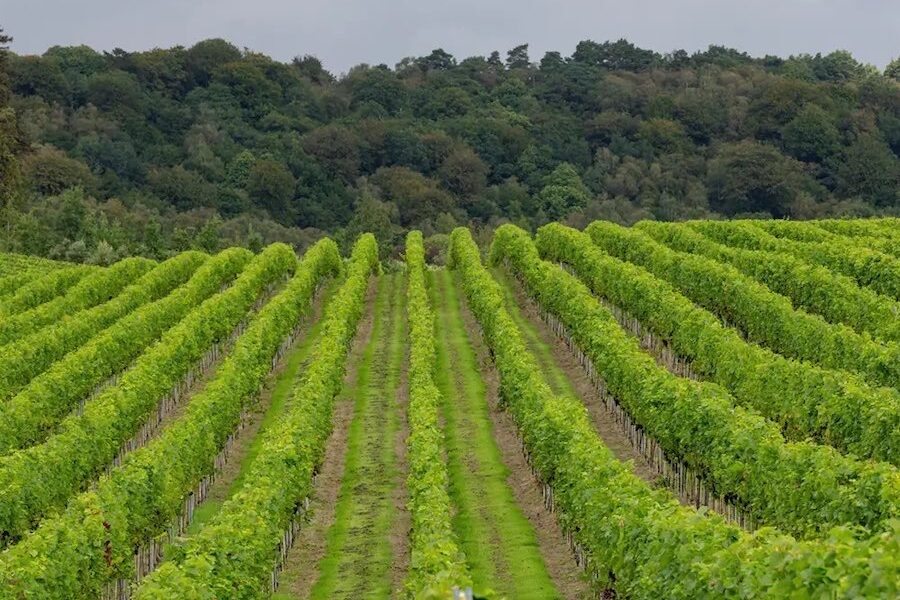
Gardening writer CEDRIC BRYANT is getting terribly excited about the extremely popular deciduous viburnums.
SPRING is in full swing with all its wonders of renewal. Blossoms are everywhere and, as they fade, the fresh, new leaves appear.

Silver birches are heavy with pollen, some of which will seed in unexpected places in the garden. And those plants that looked dead all winter are probably now showing signs of life.
Despite the doom and gloom of the climate-change brigade, life goes on and with a little help from gardeners will continue.
As one group of spring bulbs die down, other flowering plants, rhizomes and tubers emerge, such as the bearded iris with hundreds of varieties.
One important point on spring bulbs – traditionally, we were told that one had to wait until all the leaves have died down before cutting them off.
The idea is that all the goodness has to go back into the bulb but I am told by growers that you don’t have to put up with all those dead leaves for weeks on end. The leaves can be cut to ground level six weeks after flowering.
DECIDUOUS viburnums are looking more floriferous than ever. Several large shrubs of Viburnum burkwoodii are presenting a wonderful display at the Downer village. A few months ago there was a major makeover and it’s a great place for children to play as the biggies enjoy a coffee. One brickbat – it’s unfortunate that pruning or even taking out and replanting dead or dying trees did not happen at the same time!
The deciduous Viburnum burkwoodii is a cross between carlesii and utile. Its pink-budded, fragrant, white flowers were bred by Burkwood and Skipwith at its nursery in England in 1924.
In its own right, carlesii is one of the most popular of all shrubs. Its flowers emit a strong, sweet daphne-like fragrance at this time. It was introduced to the west in 1902 from Korea by plan thunter William Richard Carles (1848-1929). These two viburnums grow to about two metres by two metres and benefit from judicious pruning after flowering.

ANOTHER favourite is opulus, also known as the Snowball bush or Guelder rose, a larger shrub that can grow to five metres tall. It is native to Europe, North Africa and Central Asia and a national symbol of Russia. An improved cultivar, bred by Notcutts Nursery in the UK, is Notcutts Variety.
I cannot close without mentioning mariesii, pictured here. The flowers comprise of a central cluster of fertile yellowish-white blooms surrounded by a ring of showy sterile flowers. They act as a target guide for pollinating insects; isn’t nature just amazing?
This viburnum was named after Charles Maries (1851-1902), botanist and plant hunter. Maries was sent by James Veitch and Sons, one of the largest nurseries in Britain to explore for plants in China, Japan and Taiwan from 1877-1879. He succeeded in sending back more than 500 new species.
All deciduous viburnums have bright red and darkening to black berries in the autumn, so beloved of birds. They also have a wonderful display of autumn leaves.
Who can be trusted?
In a world of spin and confusion, there’s never been a more important time to support independent journalism in Canberra.
If you trust our work online and want to enforce the power of independent voices, I invite you to make a small contribution.
Every dollar of support is invested back into our journalism to help keep citynews.com.au strong and free.
Thank you,
Ian Meikle, editor




Leave a Reply